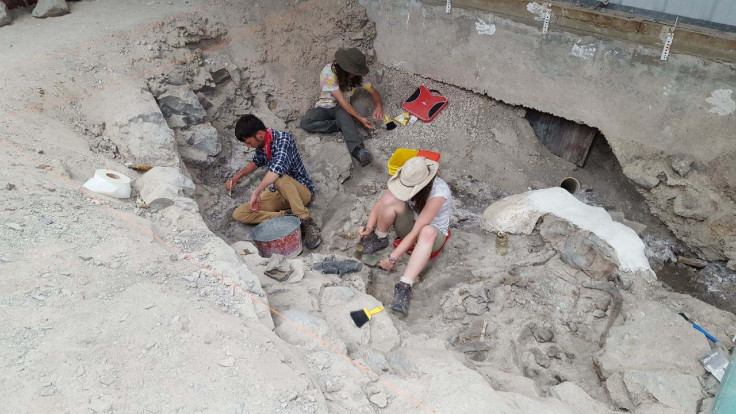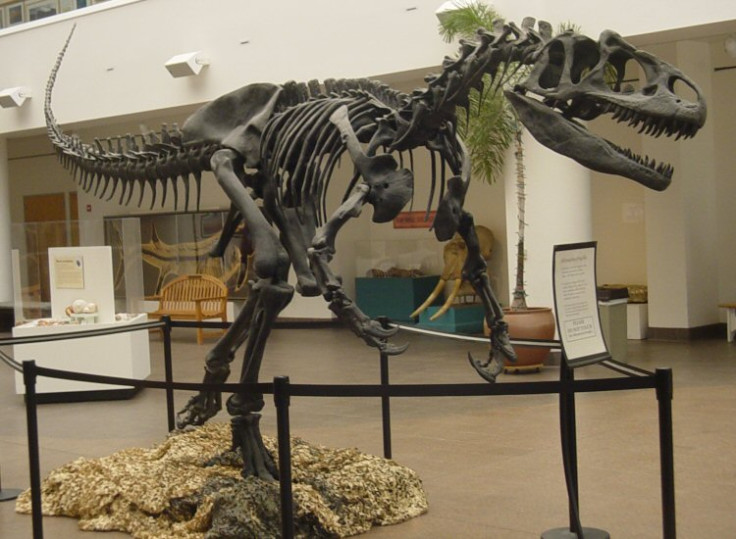Cleveland-Lloyd Dinosaur Quarry: Mysterious fossil bed reveals more secrets about how dinosaurs died
The quarry is the densest deposit of Jurassic dinosaur bones discovered to date.

The multitude of dinosaur bones found at the Cleveland-Lloyd Dinosaur Quarry in the US probably did not end up there after a single catastrophic event wiped out many of the creatures. Rather, these remains represent many distinct mortality events which brought the dinosaurs to the site over a long period of time.
The Cleveland-Lloyd Dinosaur Quarry is a famous paleontological site, which rose to prominence after researchers discovered the densest concentration of Jurassic dinosaur fossils in the world. The remains of at least 70 different dinosaurs are present.
Unlike typical Jurassic bone beds, fossils of the predator Allosaurus dominate at the Cleveland-Lloyd Quarry – a fact which has long puzzled scientists.
Since the first excavations of the site in the 1920s, they have come up with many different hypotheses to explain why so many dinosaur remains ended up there.
Their most popular theories were that the dinosaurs had died during a drought or had become trapped in thick mud or in a poisoned spring. However, they had failed to reach consensus on this issue and it was not clear if the dinosaurs had died in a single event or at various points in time.
In a study now published in the journal Peer J, a team led by Joseph Peterson of the University of Wisconsin-Oshkosh attempted to reconcile these different interpretations. They went back to the site to find new data to investigate the death of so many dinosaurs died there.


Peterson and his colleagues used innovative techniques, including X-ray fluorescence and analyses of the many microscopic dinosaur bone fragments recovered from the quarry.
It allowed them to establish that the dinosaur bones were introduced to the deposit after death - and not all at the same time. Thus, the hypothesis of a single event that would have killed all the dinosaurs identified at the site is unlikely.
The scientists also found out the origin of the microscopic bone fragments in the quarry. They were created during period of droughts, by weathering and erosion of bones disintegrating at the surface.
However, during periods of flooding, the site was a small ephemeral pond where the carcasses of dinosaurs were left to rot and disintegrate. When this was the case, other dinosaurs would not have been able to feed on the carcasses, which explains why relatively few gnawing marks have been observed on the fossils.
These new findings shed a light on one of the most fascinating fossil bed from the Jurassic Period and brings new clues about why it is so unique.
© Copyright IBTimes 2025. All rights reserved.






















